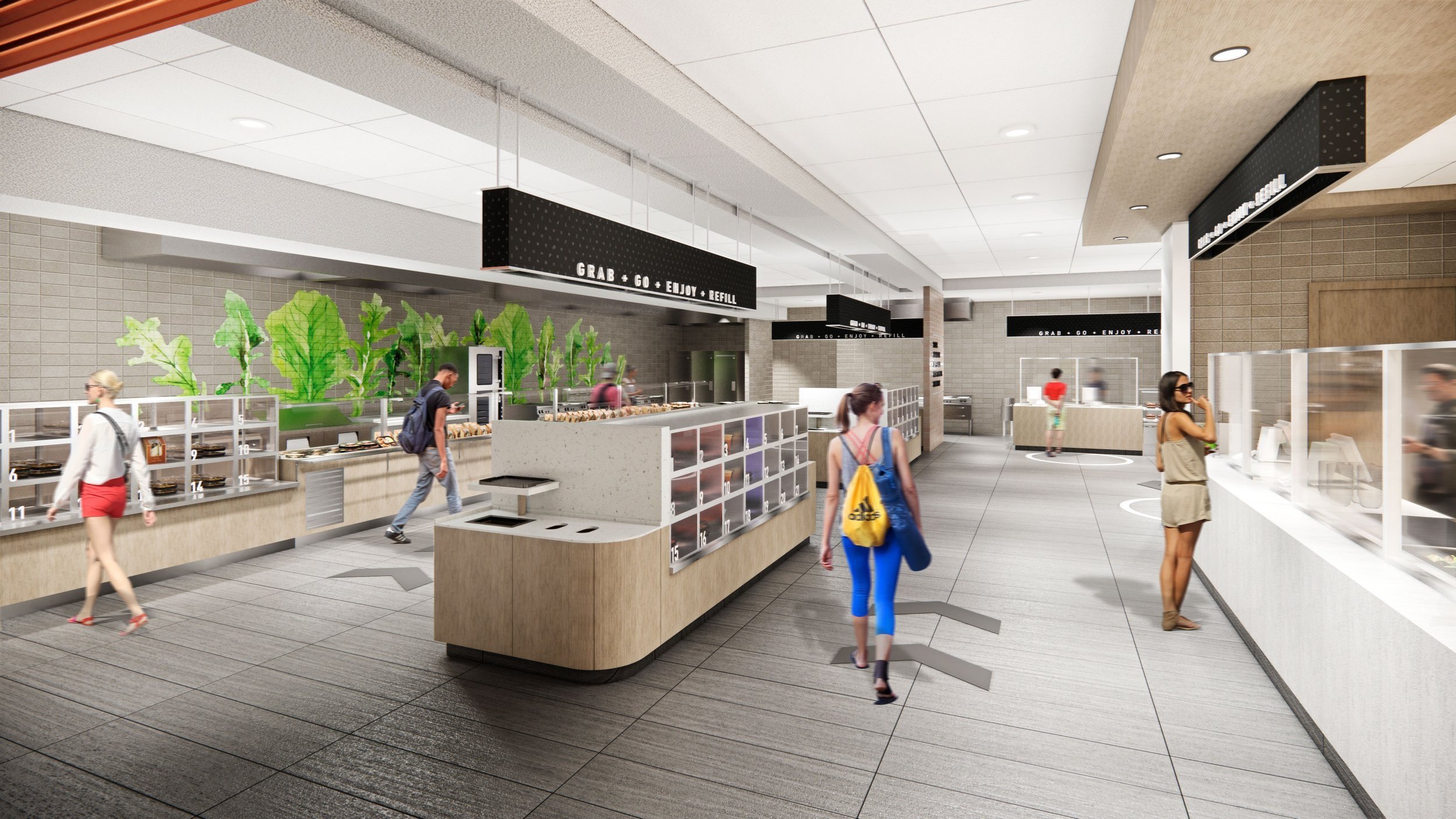Cashier-less Shopping: Why Retailers are Investing in Contact-Free Experiences
MARCH 15, 2021
CONTRIBUTING EXPERT: AARON CARMAN | SENIOR ACCOUNT MANAGER
We've all been there – you're in a rush and need to stop and grab one thing from the grocery store. You get your item and head to the register, but without fail, a massive checkout line crashes into your quick shop plans. There's nothing more frustrating for shoppers than a long wait. Cashier-less or touchless retail experiences are a relatively new way for traditional brick-and-mortar retailers to give customers what they want – flexibility and time back into their busy schedules.
HOW CONTACT-FREE SHOPPING DIFFERS FROM TRADITIONAL RETAIL EXPERIENCES
Contact-free shopping is managed with a series of high-tech cameras and sensors that allow customers to browse and leave the store with their desired purchases without waiting in line to pay. Shoppers enter the store with a credit card, and the technology detects which products are taken off or put back onto shelves. The items are monitored in a virtual cart as the shopper makes their purchasing decisions. When they leave, their credit card is charged.
The experience eliminates the need for cashiers and checkout lines and leaves the customer with a seamless, stress-free shopping experience. Amazon has been leading the charge with contact-free shopping since opening their first Amazon Go store in 2018, but they aren't the only retailer to implement cashier-less systems in their stores.
According to TechCrunch, "Though [Amazon] pioneered the tech in its stores, other technology startups have since begun to sell similar systems, including those from AiFi, Grabango, Standard Cognition, and Zippin. Other retailers have also begun to test their automated payments and cashier-less technology, like 7-Eleven and Walmart's Sam's Club."
GRAB-AND-GO SHOPPING TECHNOLOGY AND THE PANDEMIC
There's no doubt that the pandemic has changed the way people shop. More are shopping online than ever before to reduce contact with others. In a recent study, CMSWire found that e-commerce is expected to reach $1.2 trillion in sales in 2021, but despite this, brick-and-mortar stores aren't being neglected with the upheaval of new technology.
Though contact-free technology was not created due to COVID-19, the pandemic strongly validated the concept. In addition to saving shoppers time, touchless retail gives the shopper a virtually contactless experience. Retail stores taking contactless approaches can minimize risk in their stores as patrons don't need to stand in lines or encounter a cashier or other store employees.
Post-pandemic, this touchless technology is sure to stick around. Amazon has already started to sell its "Just Walk Out" concept to other retailers due to the pandemic, TechCrunch explains. The market has yet to see exactly how impactful this technology will be, but it will become more apparent as we continue returning to normalcy.
TOUCHLESS RETAIL SOLUTIONS FOR SAFE AND EFFICIENT SHOPPING
EIS is already providing grab-and-go retail solutions for some of the industry's largest retailers, in addition to implementing similar concepts into hotels and schools. We lead the entire project from concept to completion, from product development, engineering, and manufacturing to final delivery, installation, and ongoing support.
Utilizing our internal manufacturing facilities, we specialize in fabricating retail displays, including casegoods, fixtures, laminated cabinetry, and solid surface countertops. Our global footprint gives our customers added value engineering -- we manufacture in the most cost-effective location for each program.
Having 40 years of experience gives us the expertise needed to assist our clients in any capacity. We create profitable programs for our customers, from small brand refreshes to national programmatic rollouts while providing consistency in each location.
Let's connect and start the conversation about your next retail program.


